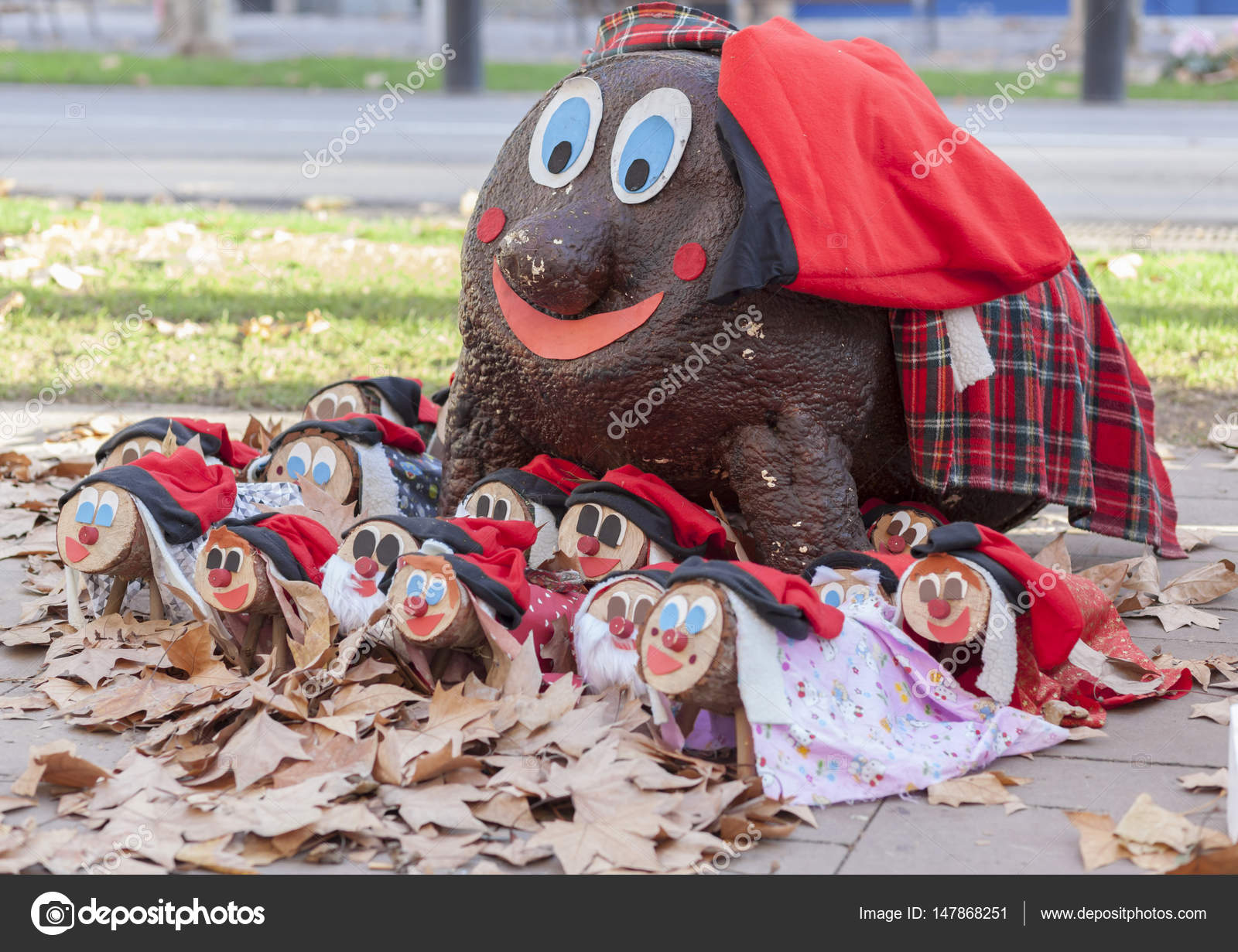Spanish Christmas Traditions
Although Christmas is a fairly universal holiday, it is celebrated differently in every culture. In particular, Spain has a number of unique Christmas traditions that may surprise you. From pooping logs to one of the world’s largest lotteries, here are a few Spanish Christmas traditions that may interest you.
Caga Tió
Caga Tió, also known as the “pooping log”, is an interesting Christmas tradition that is specific to the Catalonia region. Caga Tió refers to literal log that has been dressed up with a face, a set of legs, a blanket and a Catalan hat or barretina.
A Caga Tió is typically kept by children at home or in schools. Essentially, children would go up to the “pooping log” and feed it bread or fruit peel on the nights leading up to Christmas. On Christmas Eve or Christmas Day, children will hit the log with a stick and sing the special Caga Tió song, which begs the Caga Tió to poop out sweets and turrón for them.

El Gordo Christmas Lottery
One of the top Christmas traditions is Spain is playing the Spanish National Lottery. As one of the biggest lottery-draws in the world with massive prizes, the Christmas lottery has earned the nickname the “Fat One” or “El Gordo”. Having been around since 1812, this lottery always takes place on December 22nd. Moreover, in the spirit of Christmas, the winning numbers are always announced by singing schoolchildren.
Reyes Magos
Reyes Magos or the Three Kings is another key Christmas tradition in Spain. According to Spanish tradition, Santa Claus is not the figure who brings gifts to children. Instead, the Three Kings, Melchior, Baltazar, and Gaspar, are the ones who deliver gifts to children. Additionally, unlike Santa Claus, the Three Kings deliver their gifts on January 6 instead of December 25th.
The tradition actually begins the night before. On the night of January 5th, the Three Kings hold a number of parades throughout the country. They come riding in on elaborate floats with a whole entourage of animals and helpers to throw candy and sweets to children. Then, at the end of the night, children will leave their shoes outside for the Kings to fill with gifts.
Roscón de Reyes
Many cultures have their traditional baked goods for Christmas. However, instead of the normal Christmas pudding or Christmas cake, Spaniards enjoy what is called Roscón de Reyes. Typically eaten around Epiphany, Roscón de Reyes is a type of sweet bread formed in the shape of a ring or crown. Traditionally, it is filled with whipped cream and topped with candied fruit and crushed almonds. And much like King Cake, which is eaten during Mardi Gras, Roscón de Reyes usually has a small figurine hidden inside. Tradition says that the person who finds the figurine has to buy the roscón for the next year.
Dia de los santos de Inocentes
Translated as the Day of the Innocents, Dia de los santos de Inocentes is Spain’s version of April Fool’s Day with a few Halloween aspects mixed in. Instead of taking place the first day of April, Day of the Innocents happens on December 28th. It is essentially a day of fun, games, and tricks.
Children go house to house asking for sweets, like Halloween. People will play mundane pranks on one another. Sometimes, bakers will put salt on their cakes to prank children.
This is only a short list of the number of fun and unique Spanish Christmas traditions you may experience in Spain. However, it all points to the fact that Spaniards do not take Christmas lightly. That being said, we hope this article was helpful in teaching you more about Spain’s unique Christmas traditions.

